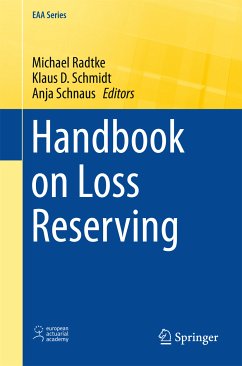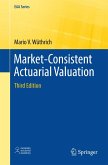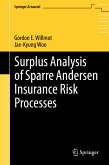In property and casualty insurance the provisions for payment obligations from losses that have occurred but have not yet been settled usually constitute the largest item on the liabilities side of an insurer's balance sheet. For this reason, the determination and evaluation of these loss reserves is of considerable economic importance for every property and casualty insurer.
Actuarial students, academics as well as practicing actuaries will benefit from this overview of the most important actuarial methods of loss reserving by developing an understanding of the underlying stochastic models and how to practically solve some problems which may occur in actuarial practice.
Dieser Download kann aus rechtlichen Gründen nur mit Rechnungsadresse in A, B, BG, CY, CZ, D, DK, EW, E, FIN, F, GR, HR, H, IRL, I, LT, L, LR, M, NL, PL, P, R, S, SLO, SK ausgeliefert werden.
Hinweis: Dieser Artikel kann nur an eine deutsche Lieferadresse ausgeliefert werden.









